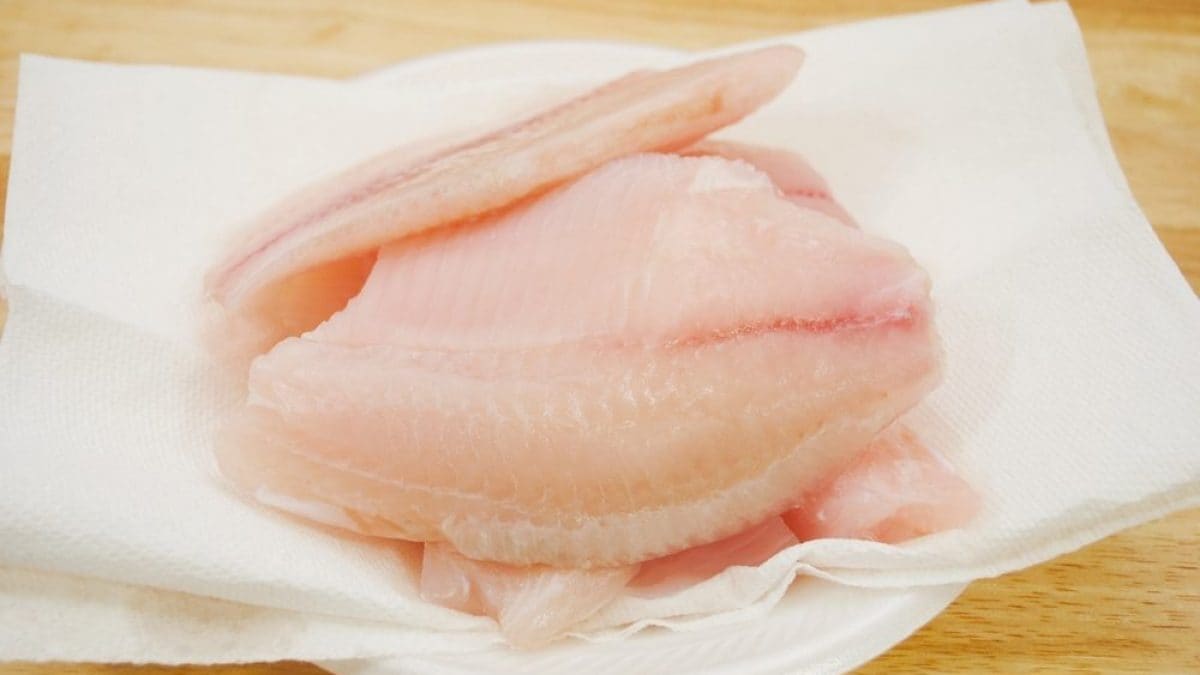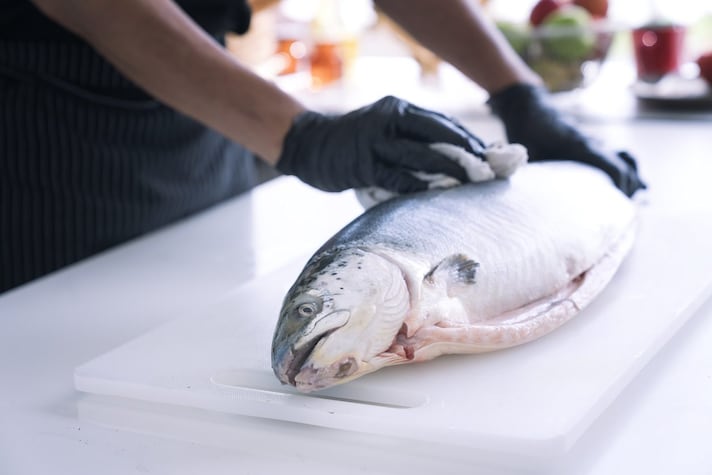
Drying fish before cooking, yes or no? It's one of those questions that make you turn up your nose or nod in agreement in the kitchen: maybe you've seen your grandmother do it all the time, or maybe you've never thought about it that much. But the truth is that drying fish before cooking is not just a habit, but an action that has consequences on the recipe you prepare.
Today we explain why it is sometimes important to remove that excess water from the fish before putting it in the pan or in the oven, and when we can do without it. We will see how humidity can make the difference between a delicious crust and a boiled fish, between a perfect breading and a mess.
Why And When to Dry Fish Before Cooking It
It is not an absolute or hard and fast rule that you should never cook fish while it is still wet or damp, but there are important considerations and techniques that suggest drying it thoroughly before using certain cooking methods. When in doubt, patting the fish lightly with paper towels before cooking is a good general practice to remove excess moisture.
In any case, we are talking about a recommendation that becomes more or less important depending on the cooking method and the desired result. For a crispy pan-fried salmon, for example, drying it thoroughly will make a big difference. For a steamed salmon, it will not be a necessary step.
Here are the occasions, or reasons, when it is best to dry it:
- Better browning. Excess water on the surface of the fish must evaporate before the temperature of the oil or pan can rise enough to brown the surface of the fish. If the fish is wet, it will tend to steam rather than crisp and brown; this is especially important for pan-frying, grilling, or baking at high temperatures.
- Crisper crust. If you’re breading or flouring your fish, the excess moisture will prevent the breading from adhering properly and crisping up during cooking. Water can make the breading soggy—it may even fall off during cooking, creating a real mess in your pan.
- More even cooking. Water on the surface can affect heat distribution, resulting in less even cooking of the fish.
- Temperature Control. Water lowers the temperature of the cooking surface, making it more difficult to reach the ideal temperature to seal the juices inside the fish.

When You Should Never Pat Fish Dry Before Cooking (And Why)
There are occasions, then, in which it is not advisable, or rather, it is not at all necessary to dry the fish. In some of these cases it is a useless gesture, in others it is a gesture that is better not to do.
- Steaming. In this cooking method, moisture is essential to cook the fish. It is not necessary to dry the fish, in fact it is counterproductive, if you are going to steam it.
- Stewing. If the fish is cooked in liquid, the surface moisture is not a problem and actually contributes to the broth or sauce.
- Parchment paper. If you want to cook the fish wrapped in parchment paper (parchment paper) or in a sauce, the surface moisture is not a critical factor. On the contrary, in the case of the parchment paper it will mix with the fish juices, while in the case of the sauce with the ingredients you have chosen.
- Wet marinade. If the fish has been marinated in a liquid, it is not necessary to dry it completely before cooking, unless you want a deep browning. In that case, pat it lightly; in other cases, it is better not to pat it, to avoid losing some of the flavor given by the marinade.
;Resize,width=767;)
